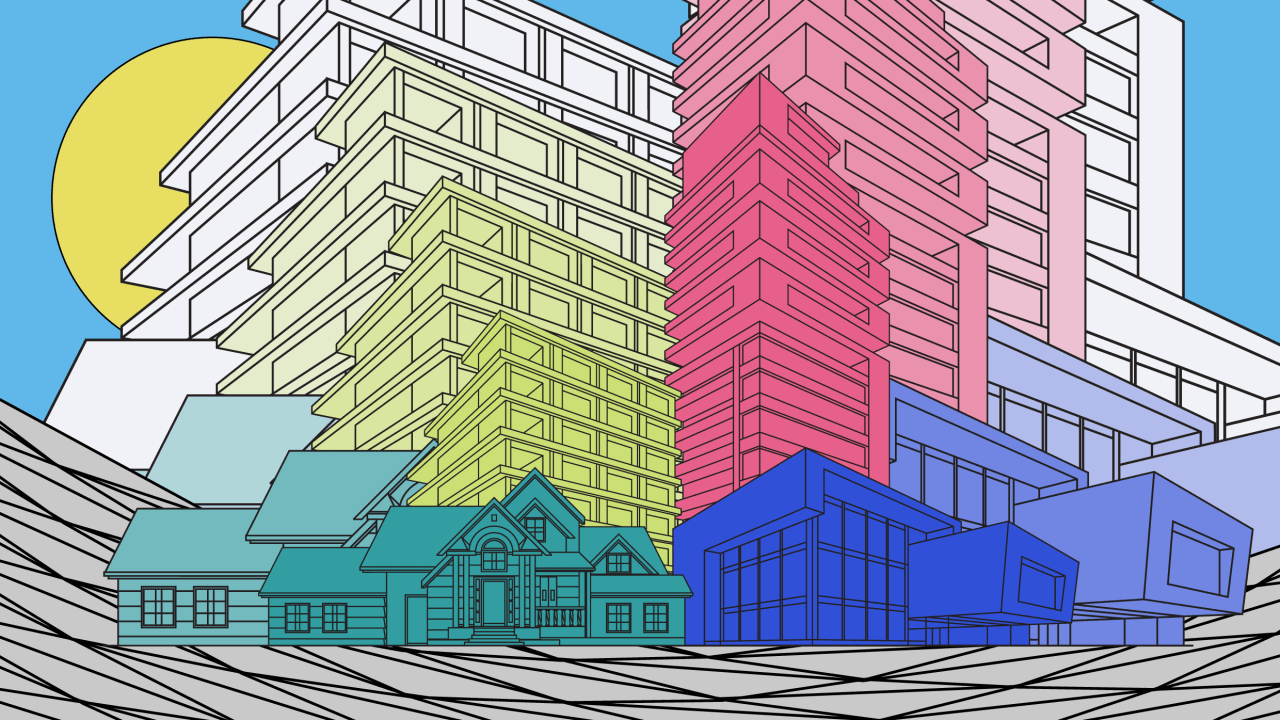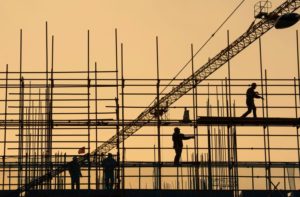http://feedproxy.google.com/~r/DrudgeReportFeed/~3/AG-yqgcv8Ag/real-estate-prices-are-about-to-drop-10
The wholesale disruption of COVID-19 is taking a toll on the real estate market. A new survey suggests that offices will remain under capacity for months, retail and hospitality will continue to struggle, and, despite some increases in single-family home values, real estate across the board will see its value fall around 10% next year.
These are some of the main findings of “Emerging Trends in Real Estate 2021,” a new report from the Urban Land Institute and PwC. Based on a survey of more than 1,600 leading real estate industry experts and interviews with more than 1,300, this 42nd annual edition of the report finds that the pandemic is going to continue to drive major changes in the way property is bought, sold, and used. Overall, the impact of the pandemic is broadly, but not universally, negative, the report notes.
“The real problems are isolated at this point to retail and hospitality, and a fear around office,” says Byron Carlock, head of PwC’s U.S. real estate advisory practice. Here’s what the experts think will happen in a few key sectors.
Retail and hospitality: Down and going farther down
The hardest-hit sectors are the retail and hospitality sectors, with lockdowns and travel bans keeping customers away and threatening the viability of future investments. More than a third of respondents recommend that investors get out of main street retail, and more than two-thirds say to sell stakes in regional malls. Nearly all types of retail are seen by the majority of respondents as overpriced. Carlock says this will likely lead to some retail spaces closing down and some being repurposed into other uses, such as healthcare facilities.
Hotels aren’t much better off. Though more resilient than retail generally, hotels aren’t expected to return to pre-pandemic levels of business until 2024, according to the report. Carlock says this is mostly related to the big business of conventions, which are often booked at least a year in advance and aren’t likely to be back at full capacity for a few years. Even so, about half of survey respondents recommend that investors hold on to their hotel stakes for the time being.
Housing: Growing in the suburbs
On the housing side, the report suggests that single-family rental housing will increase in demand, and that much of that will materialize in suburban areas, particularly in the south. “In the attractive markets you’ve not seen any diminution in value on the single-family side and you still see continued demand on the home-building side,” Carlock says. The suburban growth seen over the past five years will continue, as more companies require, allow, or encourage working from home. Already short supplies of affordable housing are likely to be stressed even further as the pandemic continues to wreak havoc on the economy.
Offices: Maybe not dead
More than 60% of survey respondents said that office tenants are likely to reconfigure their interiors to have enough safe, socially distanced space to enable new types of collaborative, in-person work. Whether that results in them acquiring more square footage or just adapting what they already have is up for debate. Some experts interviewed for the report said offices will likely remain the same size, with some employees working from home and others in reconfigured spaces, while other experts said office-space demand could fall up to 15%. Whatever that means for occupancy, the general uncertainty about offices could mean their prices come down. Nearly two-thirds of respondents said central city office space is now overpriced.
Industrial and logistics: Bright spots
Demand for manufacturing, warehouses, and logistics spaces is expected to continue to rise, because of the rise of e-commerce. The pandemic has only strengthened growth trends in these property types, and the report suggests that these have the most positive outlook for both investments and development opportunities in 2021.
















